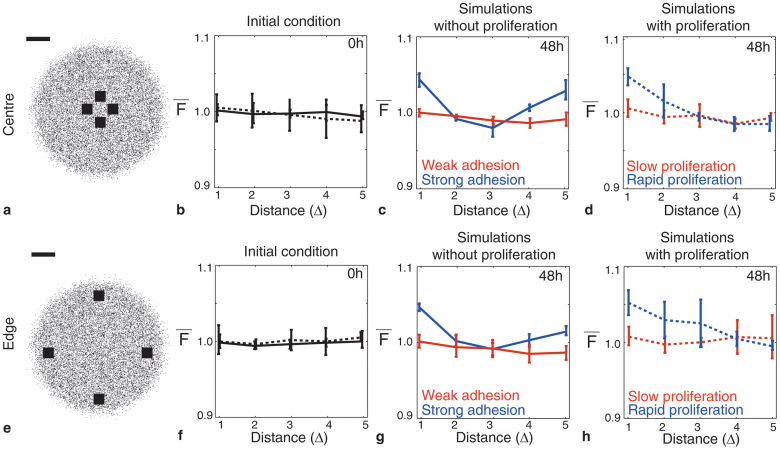Figure 3. Different mechanisms in discrete simulations lead to varying pair correlation signals.
Average pair correlation signals were computed from discrete simulations with varying degrees of cell–to–cell adhesion strength and cell proliferation in subregions, of dimension 600 μm × 600 μm, located at the centre and at the edge of the spreading simulated populations. The relative size and approximate location these subregions are shown in (a) and (e), respectively, where the scale bar corresponds to 1,500 μm. Simulations are performed on the simulation lattice where the lattice spacing, Δ = 18 μm, corresponds to the average diameter of the nucleus. Solid lines in (b–d) and (f–h) correspond to simulations without cell proliferation in which 30% of simulation lattice sites are initially occupied with simulated cells, uniformly at random. Dotted lines correspond to simulations with proliferation in which 5% of simulation lattice sites are initially occupied. Average pair correlation signals, constructed using N = 12 subregions from three replicate simulations, are shown at t = 0 hours in (b) and (f), at t = 48 hours for simulations without proliferation in (c) and (g), and at t = 48 hours for simulations with proliferation in (d) and (h). Pair correlation signals in (c) and (g) are shown for simulations with no proliferation and weak cell–to–cell adhesion (q = 0.3, red) and strong cell–to–cell adhesion (q = 0.7, blue). All results without proliferation include unbiased motility where D = PmΔ2/4τ = 248 μm2/hour. Pair correlation signals for simulations with no adhesion and slow proliferation (td = 23 hours, red) and rapid proliferation (td = 6 hours, blue) are shown in (d) and (h). Results with proliferation are simulated using D = 248 μm2/hour for td = 23 hours and D = 23 μm2/hour for results with td = 12 hours. Results in row 1 and 2 correspond to pair correlation signals computed at the centre and at the edge of the cell population, respectively.

